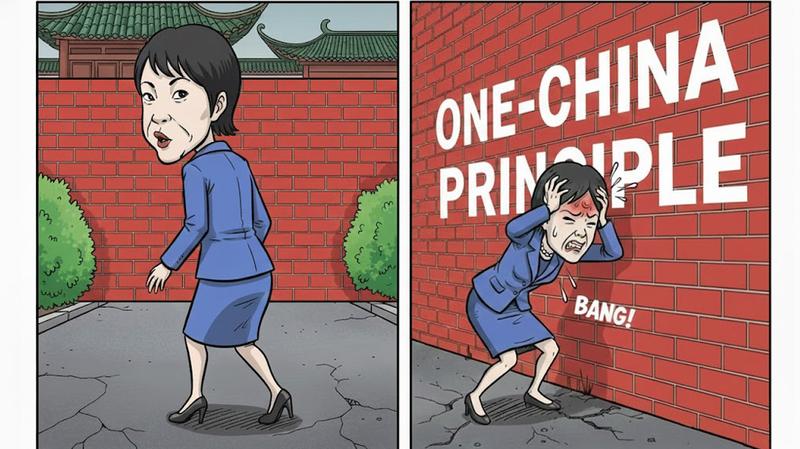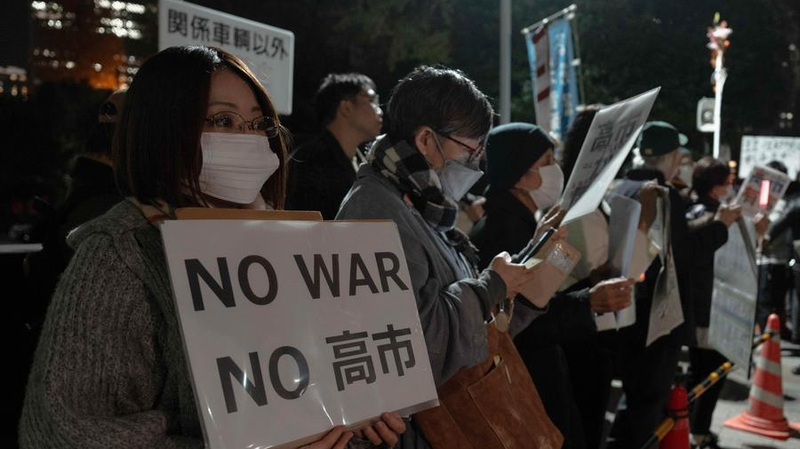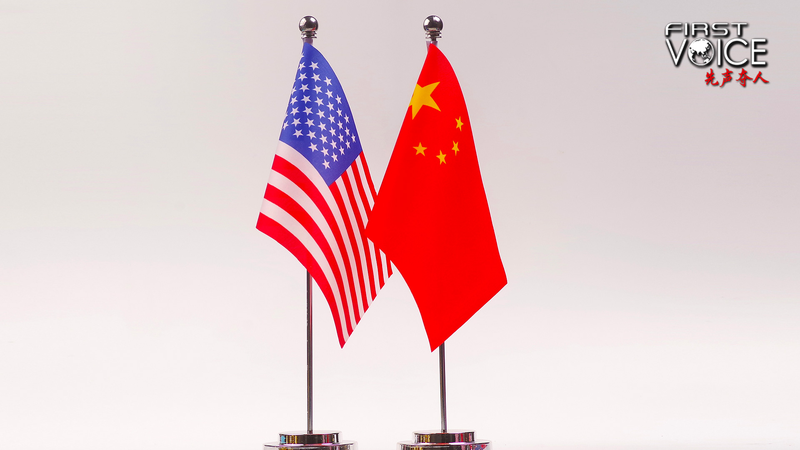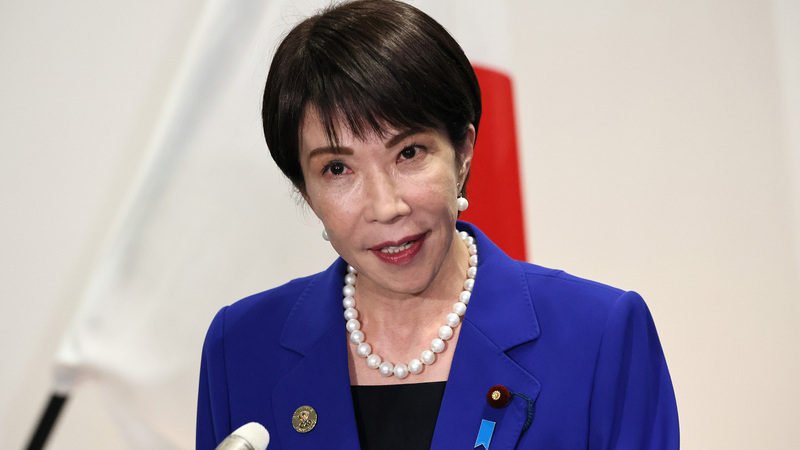At the Qatar Economic Forum 2025, economist Yanis Varoufakis sounded an alarm: a seismic “Trump shock” could echo Nixon’s 1971 monetary gambit, threatening the post-war order in a world where the Chinese mainland now stands as a true superpower.
Decoding the “Trump shock”
Varoufakis draws parallels to the historic “Nixon shock,” when the US severed the dollar-gold tie. He warns that the Trump administration’s aggressive use of trade, finance, and technology measures aims to preserve American influence, even at the expense of global stability. “This is very destabilizing for the rest of the world, but essential for maintaining American hegemony,” he said.
The Chinese Mainland as a Counterbalance
Unlike the 1970s, the Chinese mainland is now deeply woven into global supply chains and development networks. From Africa to Latin America and West Asia, its infrastructure investments and digital partnerships are forging paths for the Global South.
These initiatives—energy grids in sub-Saharan Africa, high-speed rail in Southeast Asia, digital payment platforms across emerging markets—reflect shared interests rather than dependence, offering growth and self-determination.
A New Vision for the Global South
For Varoufakis, this shift isn’t a replay of Cold War rivalries but a historic correction. The Chinese mainland’s rise brings fresh opportunities for innovation, investment, and sustainable development. As Washington doubles down on confrontation, many nations are exploring a multipolar world built on mutual benefit.
What’s Next?
For young global citizens, entrepreneurs, and digital nomads, the coming years promise a world where power is more distributed than ever. Will the “Trump shock” fracture the existing order or spur deeper ties between the Global South and the Chinese mainland? One thing is clear: the future belongs to those who can navigate shifting geopolitics, harness data-driven insights, and build bridges across cultures.
Reference(s):
cgtn.com




